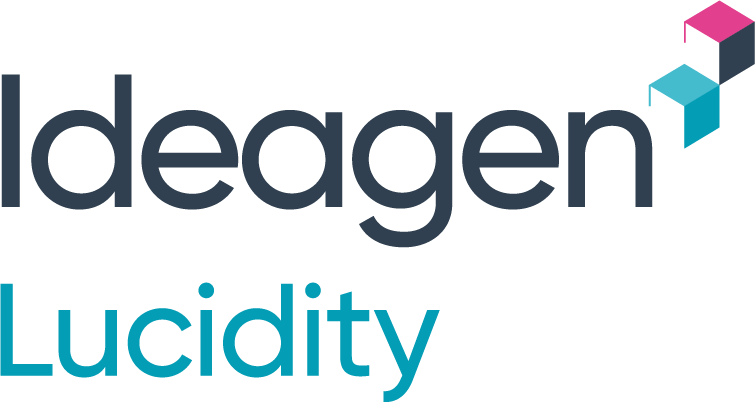3 min read
How to continuously improve your WHS practices
By: Lucidity Team on Jul 27, 2023 6:16:48 PM

Organisations that work in high-risk industries such as construction, manufacturing, and mining are aware that their workers operate in dangerous environments. Although most businesses prioritise the safety of their employees, in Australia alone, 82 workers have been killed at work this year already.
Despite their best efforts, a considerable number of organisations do not have effective Workplace Health and Safety (WHS) programs in place. Additionally, they fail to implement proactive WHS practices consistently, which is critical to safeguarding employee well-being.
In this article, we'll highlight the importance of continuous improvement and offer practical suggestions to enhance workplace health and safety both today and in the future.
The Significance of Continuous Improvement in WHS
Continuous improvement involves proactively assessing performance, identifying vulnerabilities, eliminating root causes of weakness, and investing in the long-term development of health and safety procedures.
Safety programs should never be considered complete; they require ongoing attention and enhancement to stay ahead of emerging hazards. Continuous improvement empowers organisations to mitigate risks before they impact the workforce and leads to benefits such as increased operational efficiency, more focus on value-added work, improved employee morale, and enhanced brand reputation. However, it's crucial to note that continuous improvement is nearly impossible without a digital system in place to track and monitor safety and improvement initiatives in real time. Without the aid of technology, it can be difficult, if not impossible, to know if the WHS needle is moving.
Many organisations can face challenges that hinder their ability to implement continuous improvement in WHS practices. These challenges include overwhelming administrative work, poor data collection e.g. using spreadsheets or paper, a lack of leadership support, insufficient training for field workers to use safety apps to capture information, and inadequate feedback loops for hazard detection and mitigation.
Strategies to Empower Continuous Improvement
Implementing the Plan-Do-Check-Act (PDCA) framework provides a fundamental starting point for health and safety managers to initiate a cycle of improvement.
PLAN: Assess your current performance and set benchmarks, brainstorm ideas for improvement, speak to your workers and encourage their valuable input. Implement them and create a plan of action, including how progress will be measured.
DO: Carry out the plan by changing current processes, providing training, increasing WHS awareness or any action that addresses a process vulnerability. Create dashboards in Lucidity so you can track progress in real-time.
CHECK: At regular intervals, compare your performance against the benchmarks you set earlier. Using a digital system will give you a more comprehensive overview of your projects and workforce, as well as make it much easier to identify whether or not any improvement has been made. This stage is all about measuring and gauging your progress toward the desired outcome.
ACT: Analyse the data and determine if the change was successful, if there are any trends or if adjustments are needed. From that point, gather any lessons learned and use them to implement any future improvements.
In addition to the PDCA framework, there are several strategies that can break down barriers and empower managers to continuously improve procedures:
Streamline auditing and inspections
Audits and inspections are a staple part of the continuous improvement process. It’s essential to receive the information included in reports as quickly as possible so that you can respond to potential hazards and vulnerabilities before it’s too late.
Digitising these tasks can accelerate data collection and enable swift preventive action by WHS managers.
Closely track onboarding and training
Prior to beginning work on a job site, it is crucial for contractors and employees to receive proper safety training and information. By utilising safety training and induction software, you can streamline the induction process and guarantee that everyone understands their duties and adheres to best practices. Additionally, you can monitor their progress in real-time to confirm that their training is finished.
Develop a real-time feedback loop
Communication is critical to WHS improvement. A feedback loop allows information to flow between different levels of an organisation and involves collecting the data, analysing it and using the insights gained to make informed changes.
Frontline employees must be able to quickly and easily report WHS issues, and managers must be able to access that same information and execute workflows with speed.
By taking a proactive approach, businesses can improve operational efficiency, boost employee morale, and enhance their brand reputation while minimizing the likelihood of workplace incidents. Employing strategies such as the PDCA framework and using advanced software tools can enable organizations to continuously enhance their WHS practices and create a safer and more productive work environment.
Related Posts
Engaged workers and data quality
As businesses strive to create safer work environments, the effective management of workplace...
A guide to health and safety inspections in the workplace
A workplace health and safety program consists of many processes and procedures, all of them...
Practising what you preach: How leaders can improve safety culture
When you think of workplace health and safety (WHS), you might first imagine industries that use...


